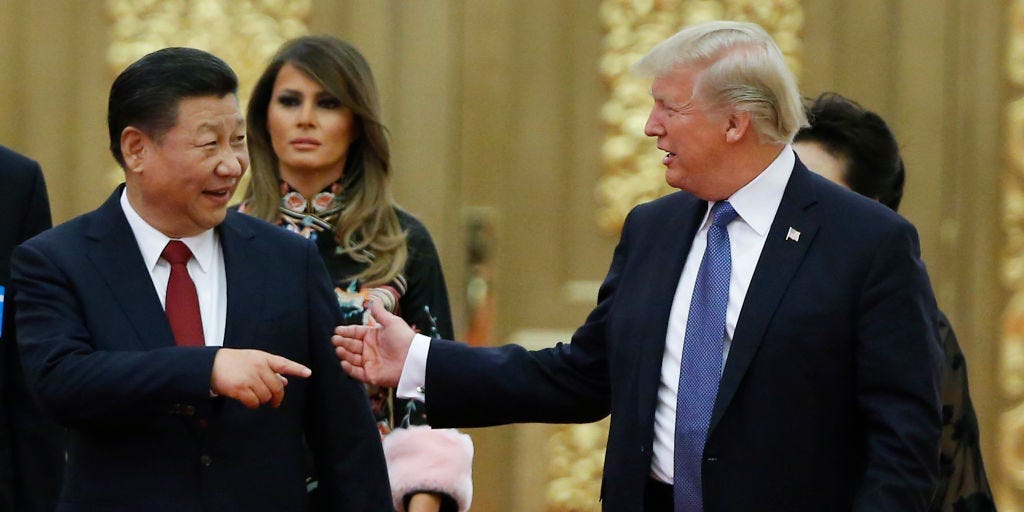Global Power Shift: How China's Billions Could Fill the Void Left by USAID's Potential Collapse

As the United States Agency for International Development (USAID) faces potential dismantling, China stands poised to dramatically expand its global influence through strategic international investments. Business Insider's comprehensive analysis reveals the intricate landscape of China's global economic expansion and how it compares to traditional US foreign aid strategies.
China's investment approach differs significantly from traditional aid models. While the US has historically provided direct financial assistance and humanitarian support, China focuses on infrastructure development, strategic economic partnerships, and long-term geopolitical positioning. Countries across Africa, Asia, and Latin America have become prime targets for Chinese investment through its ambitious Belt and Road Initiative.
Key regions like Southeast Asia, Africa, and parts of Latin America are witnessing substantial Chinese economic penetration. These investments aren't merely financial transactions but calculated moves to build diplomatic relationships, secure natural resources, and create economic dependencies that extend China's global soft power.
The potential reduction or elimination of USAID could create a significant power vacuum, potentially accelerating China's strategic global expansion. With precise, targeted investments that often come with fewer political conditions compared to traditional Western aid, China is systematically building a network of economic and diplomatic influence.
As geopolitical dynamics continue to shift, the global community watches closely to see how this potential transformation in international development and investment might reshape international relations in the coming decades.

